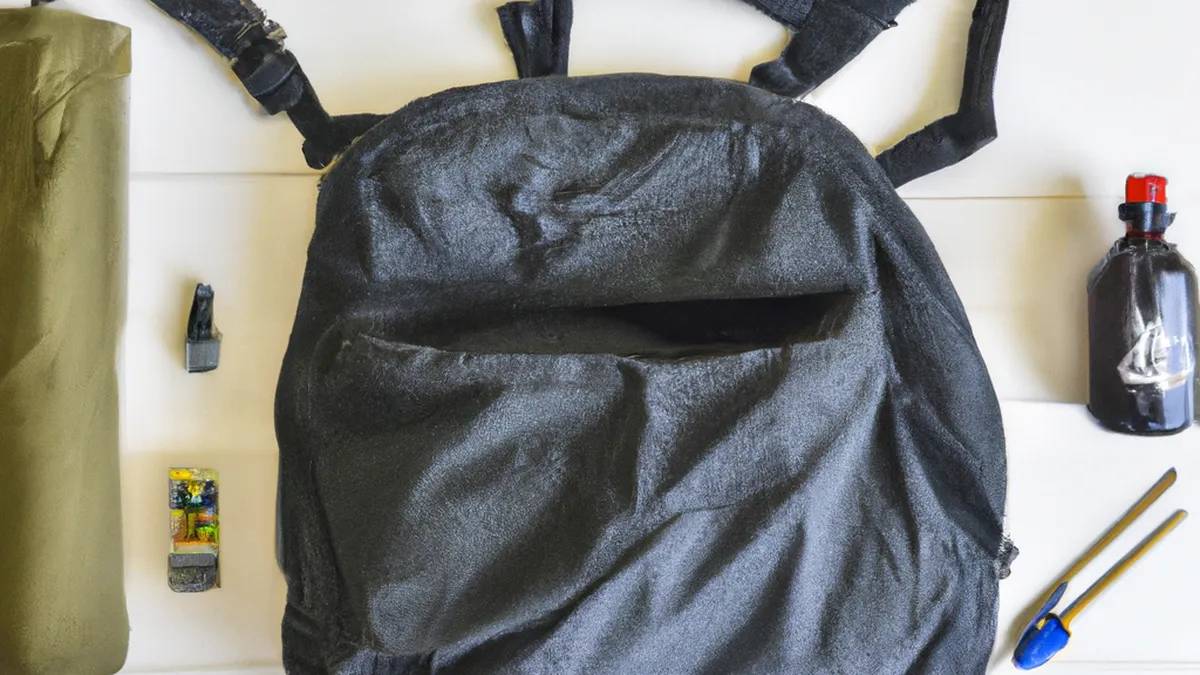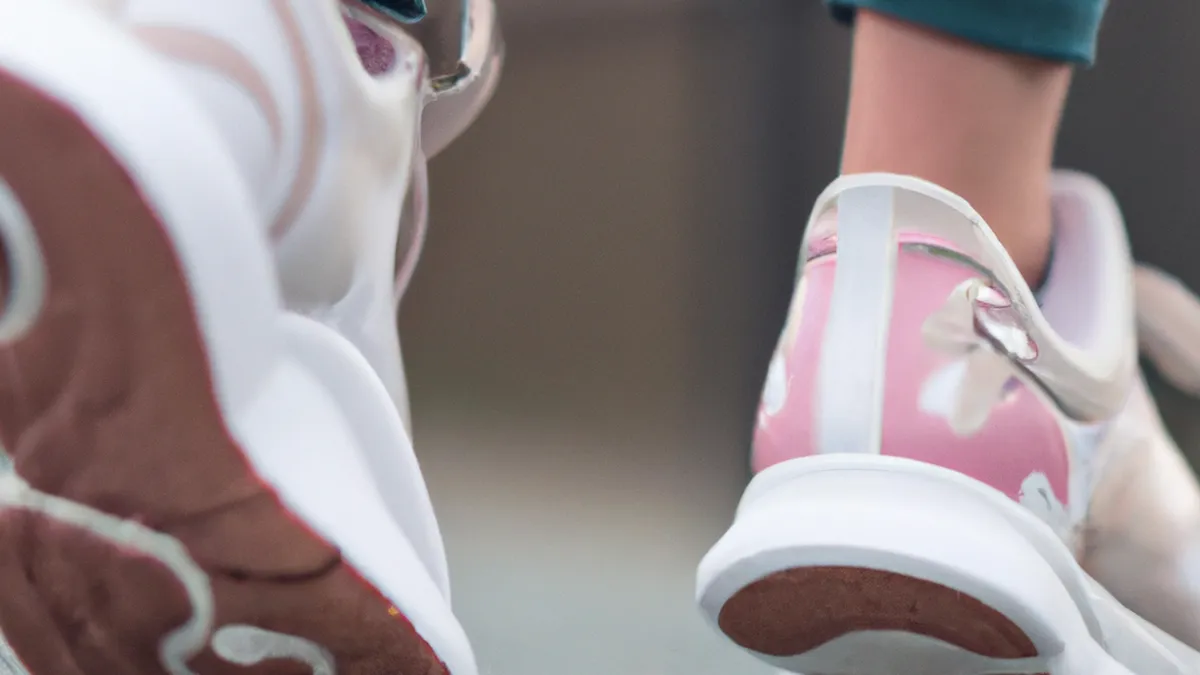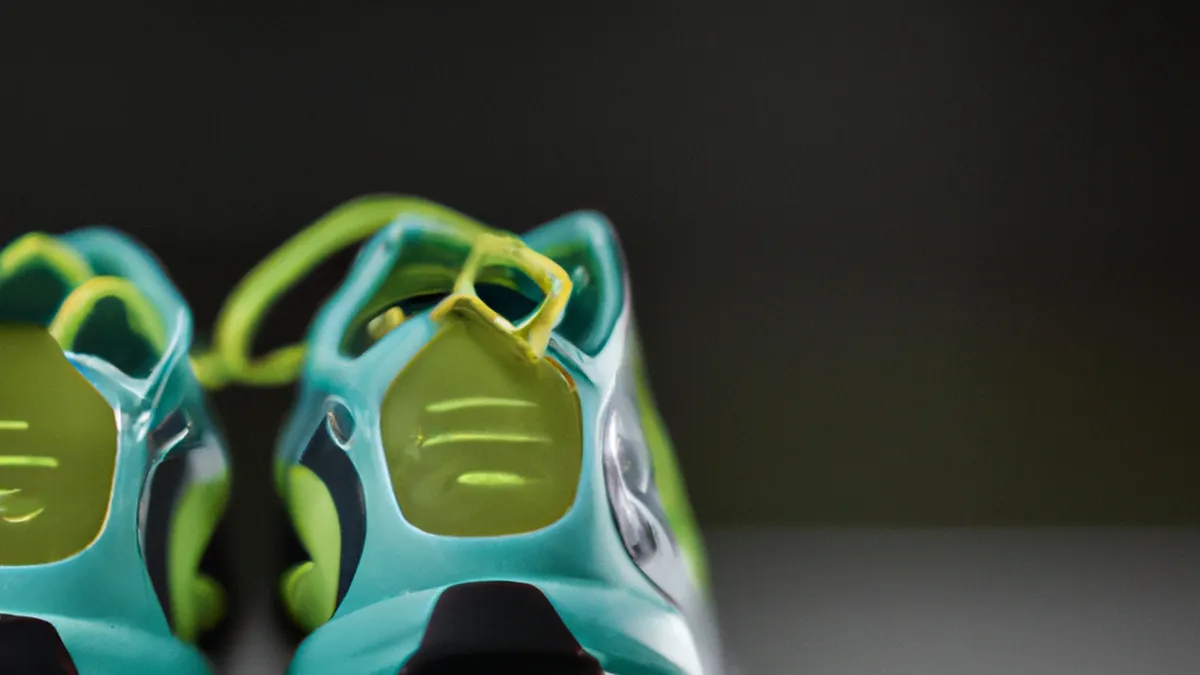Right Size, Right Gear: Backpacking Essentials
Choosing the Right Backpack SizeChoosing the right backpack size enhances your travel experience. A well-fitted backpack makes carrying gear comfortable. You can then focus on your adventure instead of discomfort. Selecting the appropriate size helps you pack efficiently. This guide outlines important considerations for choosing the perfect backpack size for your needs.
Understand Your Purpose
First, identify how you will use the backpack. Will you hike, travel, or commute? Each activity requires a different backpack size. Understanding your requirements helps you make an informed decision.
Day Trips
For day trips, choose a backpack with a capacity of 20 to 30 liters. This size carries your essentials, like water bottles and snacks. A smaller backpack keeps your load light, allowing easy movement and agility. This is especially beneficial during short hikes or city explorations.
Weekend Trips
For weekend trips, consider backpacks in the 30 to 50-liter range. This size allows you to pack extra clothes and food without feeling overburdened. You’ll have enough space for essentials like a sleeping bag and tent. Choose a backpack with multiple compartments for better organization, making it easier to access your gear.
Extended Trips
For longer trips lasting several days, choose a backpack with a capacity of 50 to 70 liters. Larger packs provide ample room for gear and supplies. Include clothing for various weather conditions and cooking gear. Ensure the larger backpack has a robust support system, like padded shoulder straps and a hip belt. A well-designed pack distributes weight evenly, preventing fatigue.
Consider Your Body Size and Shape
As an Amazon Associate I earn from qualifying purchases.
Gear tip: consider agility cones, speed ladder, and mini hurdles to support this topic.
Next, consider your body size and shape when selecting a backpack. A well-fitted backpack improves comfort, especially on longer journeys. Measure your torso length to find the right fit.
Torso Length
To measure your torso, locate your C7 vertebra at the base of your neck. Measure down to your iliac crest, the top of your hip bone. This measurement helps you find a backpack that fits your torso length. Many brands provide sizing charts correlating torso length with recommended backpack sizes.
Hip Size
Your hip size is also crucial. A hip belt enhances comfort by supporting the pack’s weight on your hips. Measure your hips at their widest point.
Conclusion
In summary, choosing the right backpack size enhances comfort and efficiency during your travels.
Below are related products based on this post:
FAQ
What size backpack should I choose for day trips?
For day trips, it is recommended to choose a backpack with a capacity of 20 to 30 liters. This size is ideal for carrying essentials like water bottles and snacks while keeping your load light and manageable. A smaller backpack allows for easy movement, which is especially beneficial during short hikes or city explorations.
What size backpack is appropriate for weekend trips?
For weekend trips, consider backpacks in the 30 to 50-liter range. This size provides enough space to pack extra clothes and food without feeling overwhelmed. It also allows you to carry essentials like a sleeping bag and tent while keeping your gear organized with multiple compartments.
How do I measure my torso for a backpack fit?
To measure your torso, locate your C7 vertebra at the base of your neck and measure down to your iliac crest, which is the top of your hip bone. This measurement is important for finding a backpack that fits your torso length properly. Many brands offer sizing charts that correlate torso length with recommended backpack sizes.















Post Comment